Why You Shouldn’t Take Your Students to a Touch Tank Exhibit
We know children love animals, and we want to provide them with the best learning experiences possible. But any approach that involves touching and inflicting stress on wild animals who are being kept against their will in unnatural and often dangerous conditions is worth rethinking. There are few exhibits deadlier than a touch tank, in which sensitive aquatic animals are unable to escape a constant onslaught of groping hands that contaminate the water with bacteria.
Please consider these reasons why touch tanks should never be part of a field trip or lesson plan on marine life:
An Unnatural Life
Everything about a marine animal’s life in an aquarium is artificial, from the mineral seawater mixture to the oxygen saturation levels, which would normally be produced by wave action and other natural processes. In tanks, animals are unable to engage in natural behavior that’s important for their well-being—including swimming vast distances, migrating, socializing, and foraging for food.
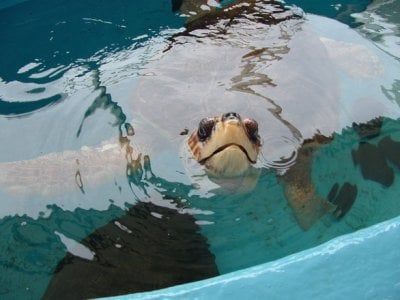
Suffering Animals
At marine parks and aquariums, sensitive animals are forced to spend their entire lives swimming inside cramped tanks. Touch tanks also subject them to loud noises, potentially rowdy crowds, and the stress of having many people sticking their hands into the tanks. For example, at SeaQuest Las Vegas, animal control officers documented that starfish and turtles were quarantined after they started showing signs of not wanting to be touched. Animals such as stingrays, who are commonly used in touch tanks, require very specific conditions in order to be safe, healthy, and comfortable. Sharks, who are also often kept in such tanks, are naturally shy—but in touch tanks, they’re forced into close contact with grabby children and tourists all day long. This is likely a terrifying and stressful environment for animals, who can easily be injured in these exhibits.
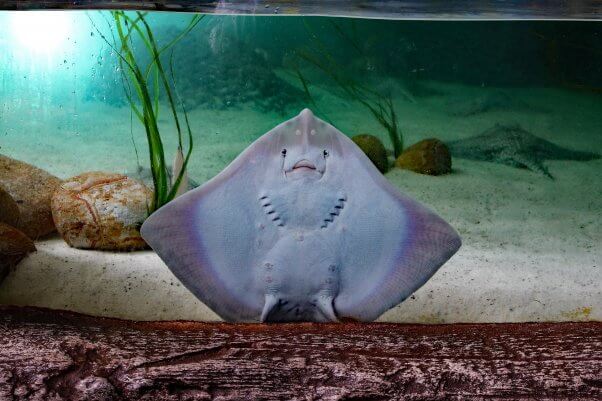
Premature Deaths
In recent years, countless animals have died in touch tanks. Within a month of SeaQuest’s grand opening in Folsom, California, a stingray died. The animal was found dead in a touch tank by a visitor—not an employee—who noticed him or her lying lifeless, partially buried under sand. Reportedly, the stingray was in a state of decomposition, yet kids were touching the corpse. In addition, hundreds of fish died while in transport to SeaQuest Littleton in Colorado, and former employees at SeaQuest Las Vegas allege that hundreds of animals have died there.
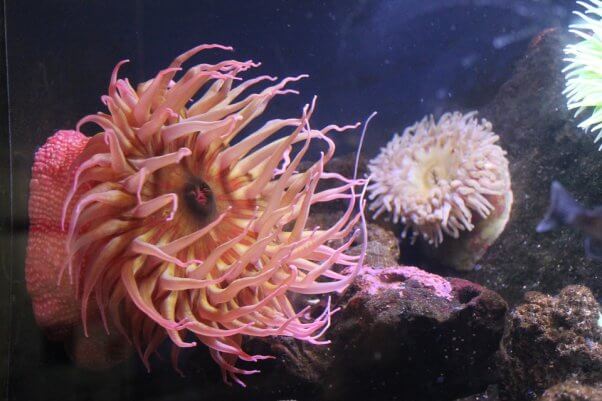
Deadly Mistakes
The basic life-sustaining elements of an artificial aquarium environment are held in a delicate balance, and the consequences of inevitable human error and mechanical malfunction are often disastrous. Touch tanks continually prove to be among the deadliest artificial environments of all. A former employee at SeaQuest Las Vegas alleged that an octopus was boiled alive when the tank’s water temperature went awry. This is just one of the many incidents showing how a single malfunction or mistake can cost an animal’s life.
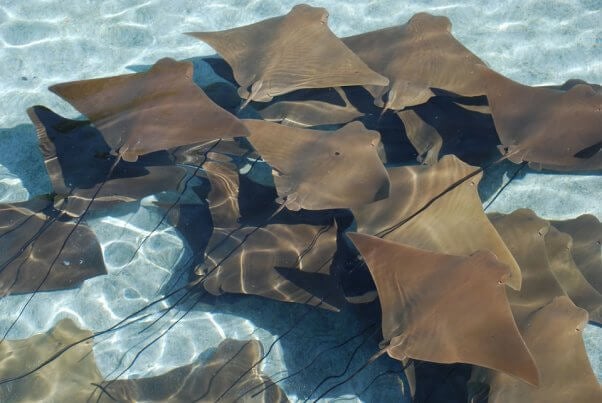
Dangerous Lessons
Animals are not playthings, and it’s irresponsible and dangerous to teach students that it’s OK to touch and handle wild animals against their will—no matter what the setting is.
Most of us know that if we want to touch, hug, or otherwise get close to another human, we should ask the individual if it’s OK to do that. The concept of consent is something that’s taught—it’s not something that humans understand from birth. These exhibits don’t teach kids to ask for consent or to notice the obvious physical signals that others send when they don’t want to be touched—they teach them to take what they want without experiencing guilt or considering other individuals’ feelings.
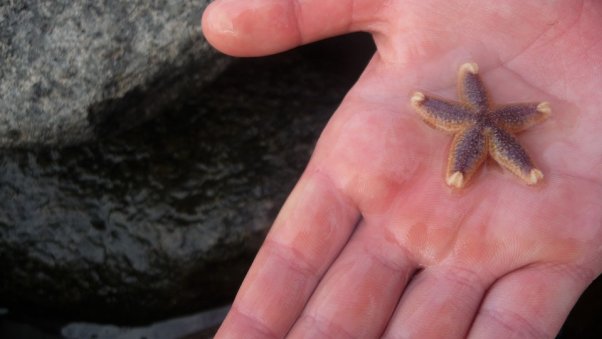
Steer clear of aquariums and marine parks, which exploit animals for profit. Instead, arrange for students to view animals in their natural habitats or in educational videos. In addition to never planning field trips to SeaQuest, SeaWorld, or other cruel facilities that use animals, you and your students can send messages to the companies doing business with SeaQuest.
Make a kind choice—visit a beach, a nature preserve, or an accredited animal sanctuary if you’d like your students to see live animals. Here are some tips for viewing animals in the wild:
- Observe any animals you encounter through binoculars or a camera lens—never touch them!
- Whenever possible, stay about 100 yards away—the length of a football field.
- Don’t disturb, feed, or attempt to move wild marine animals. This can disturb them and interfere with their natural behavior as well as that of other animals nearby.





